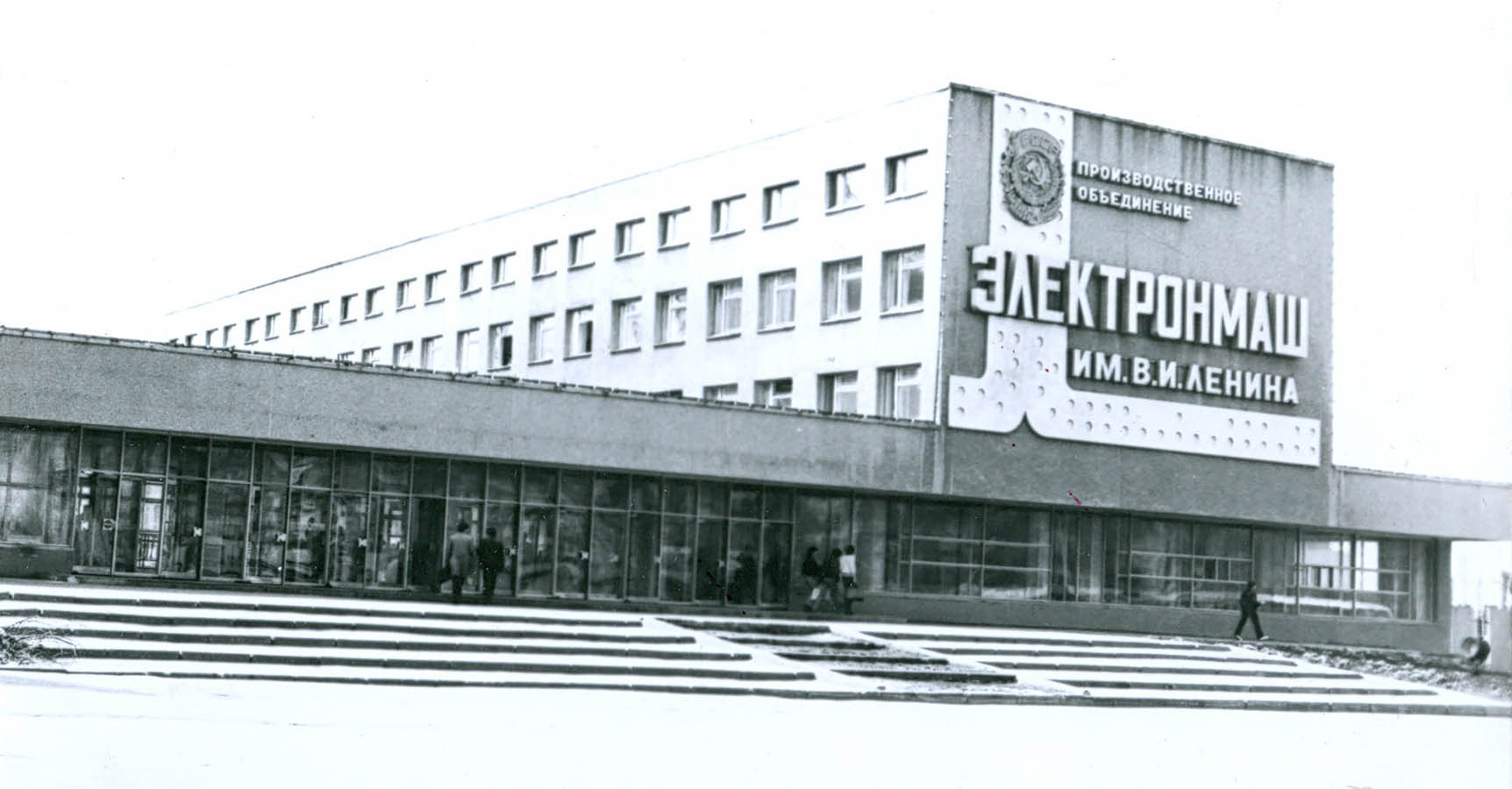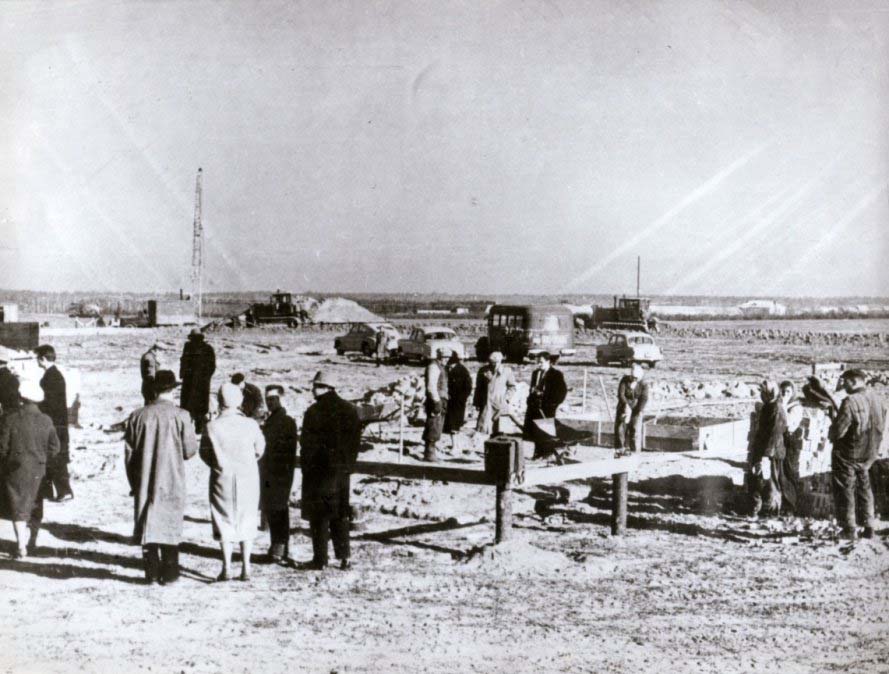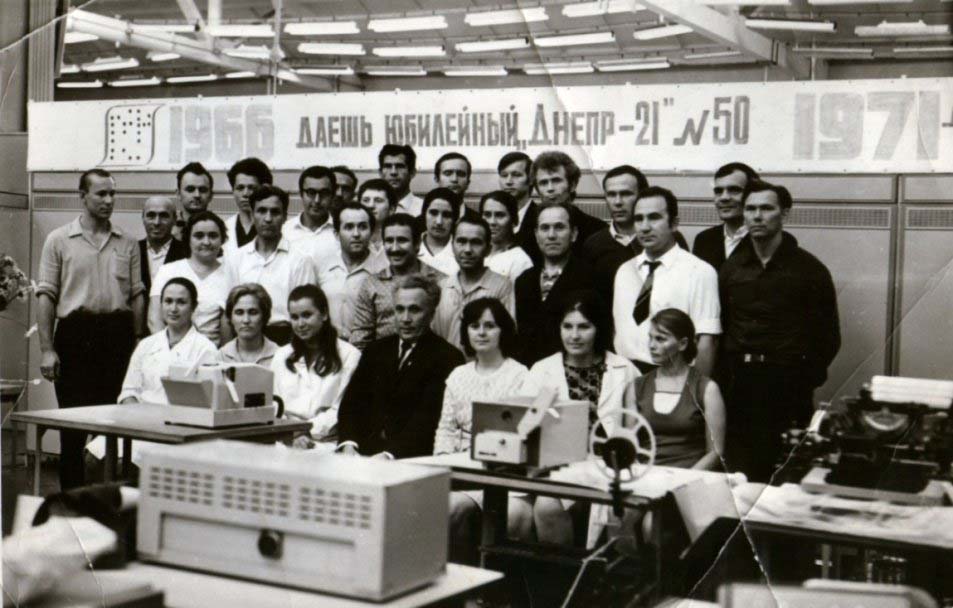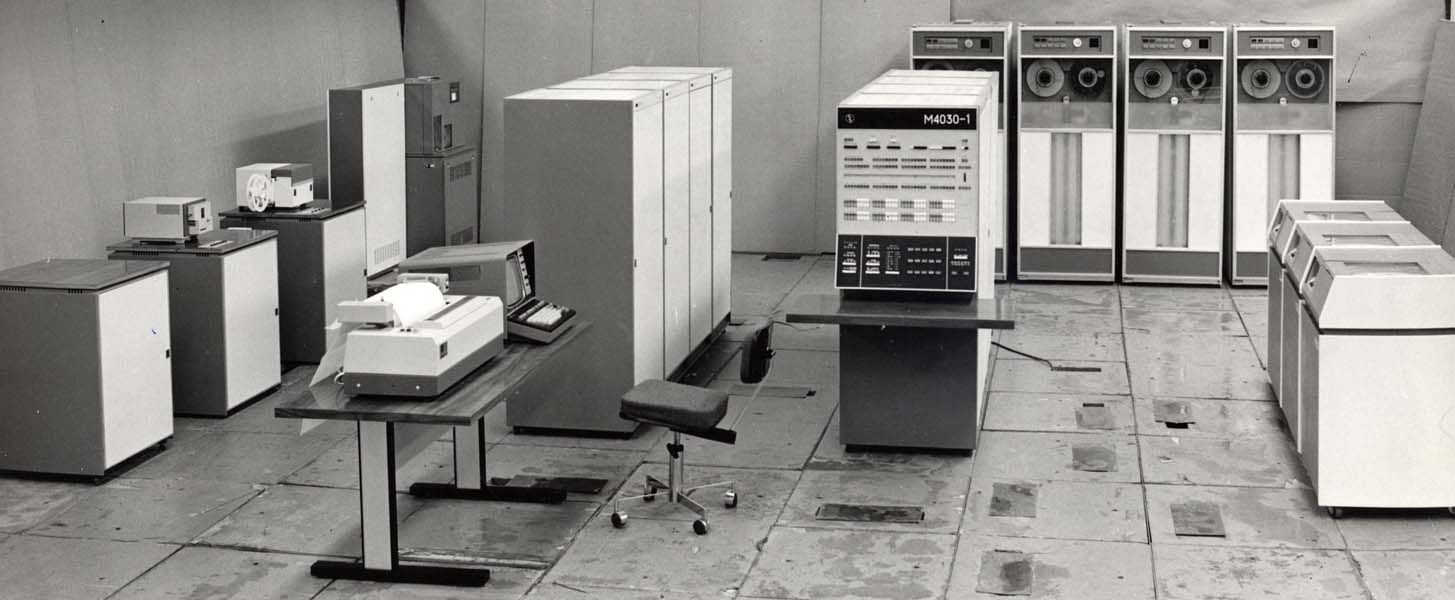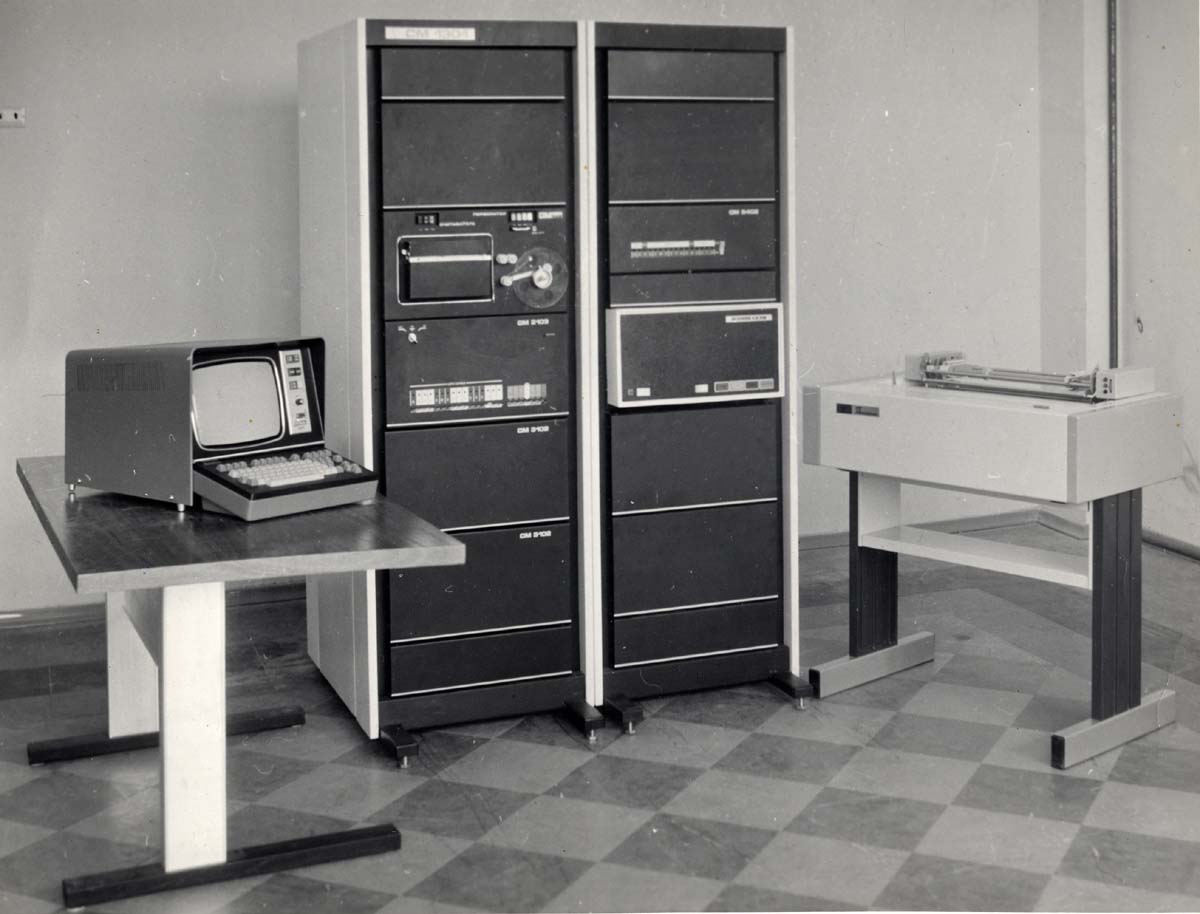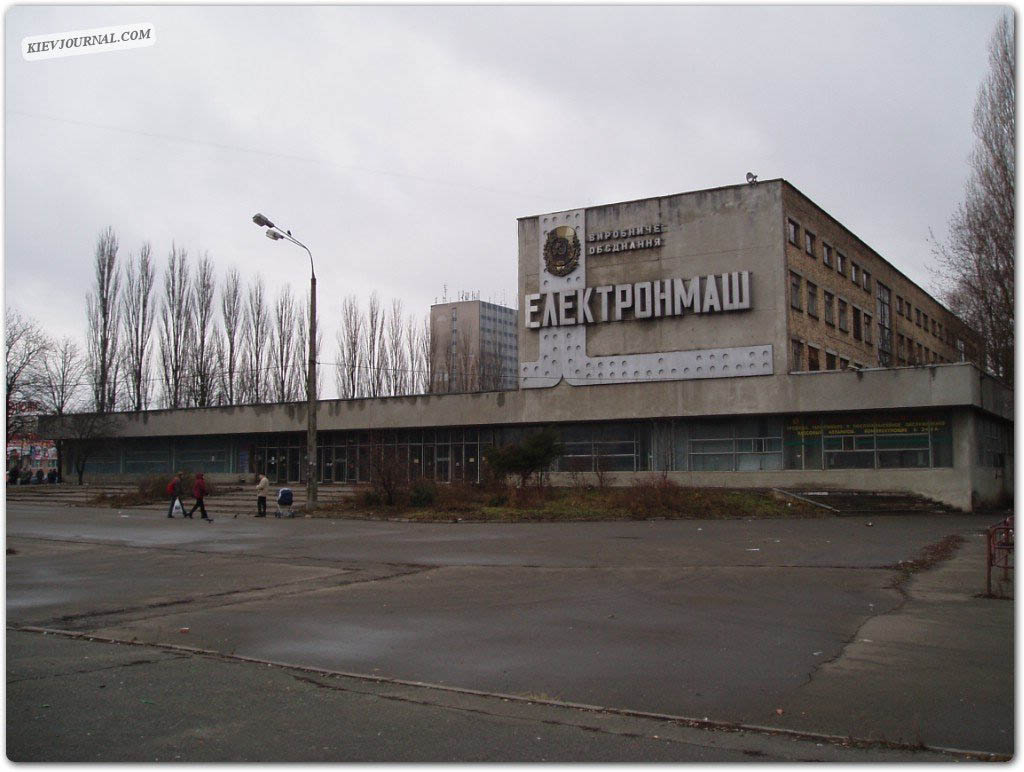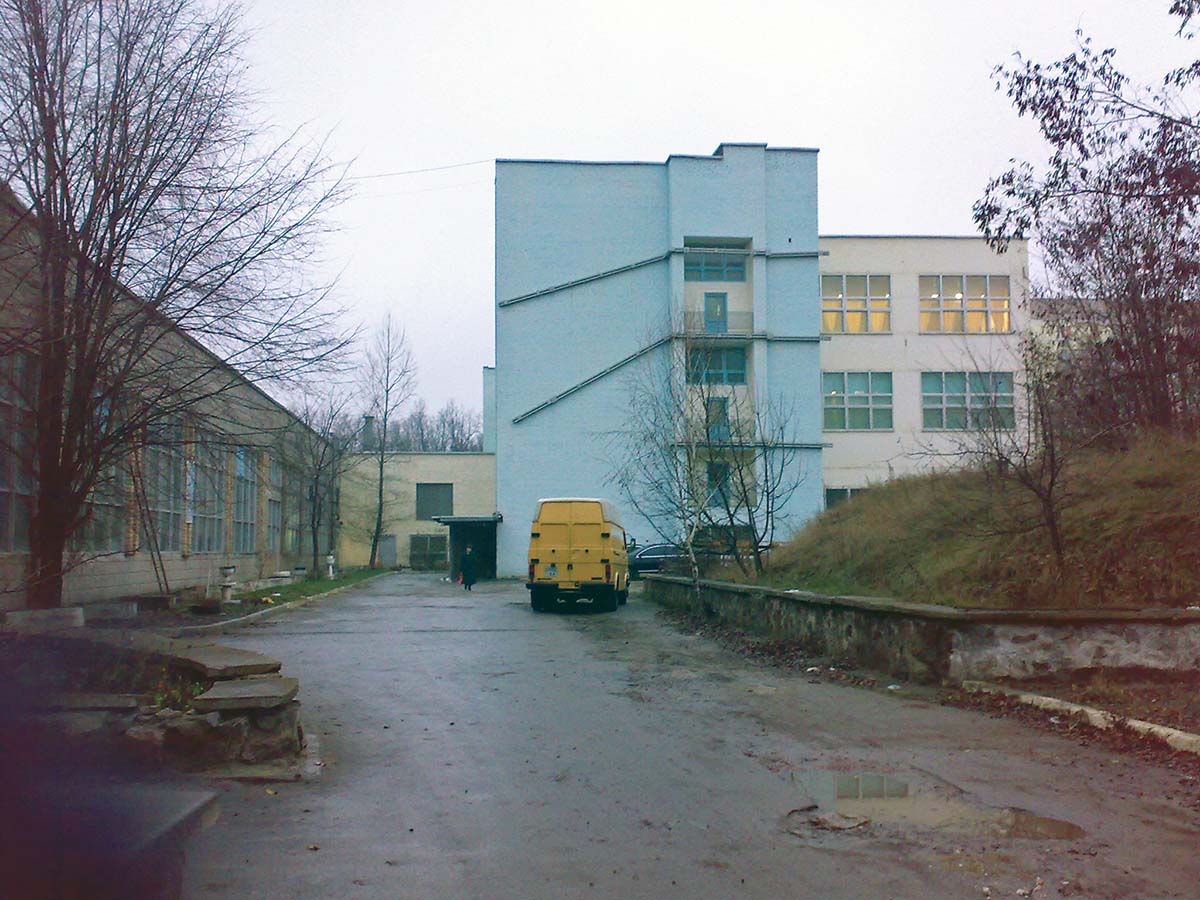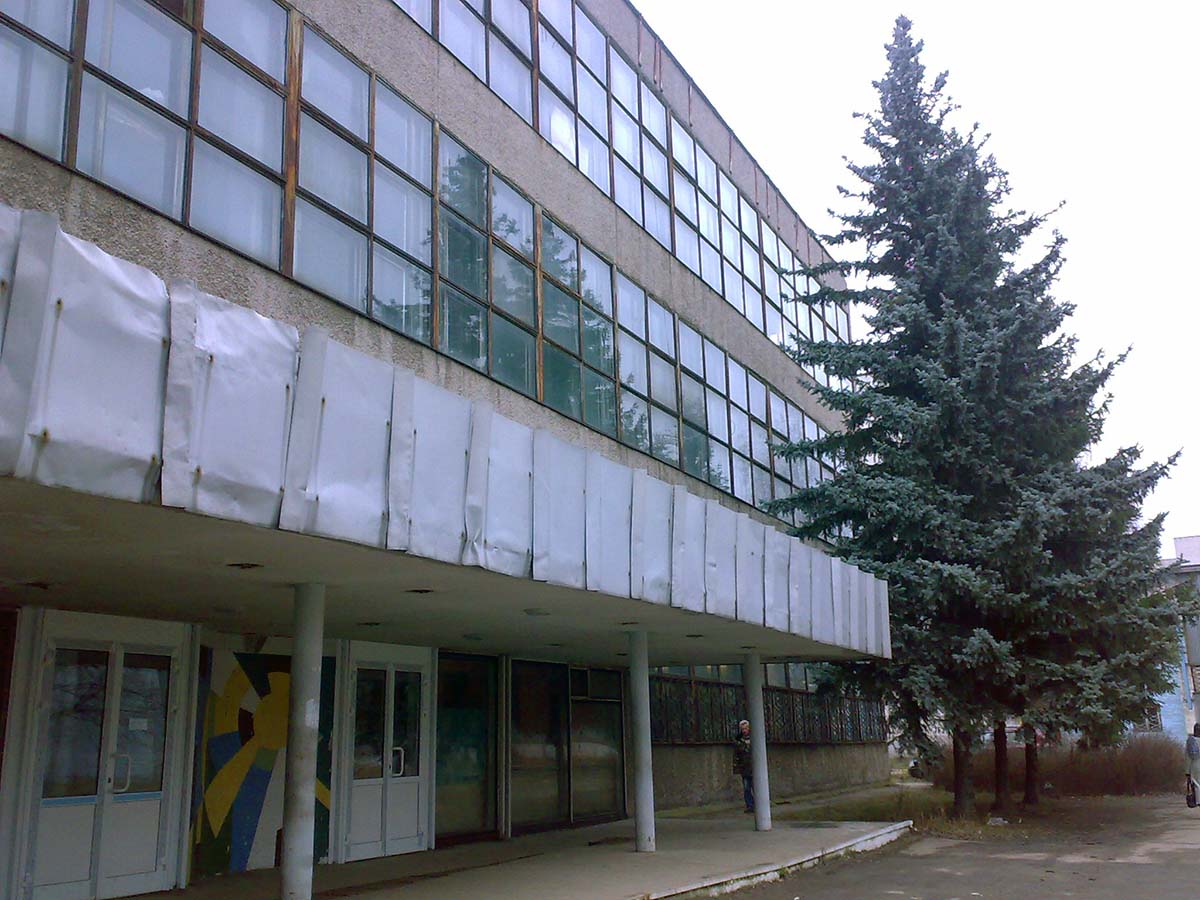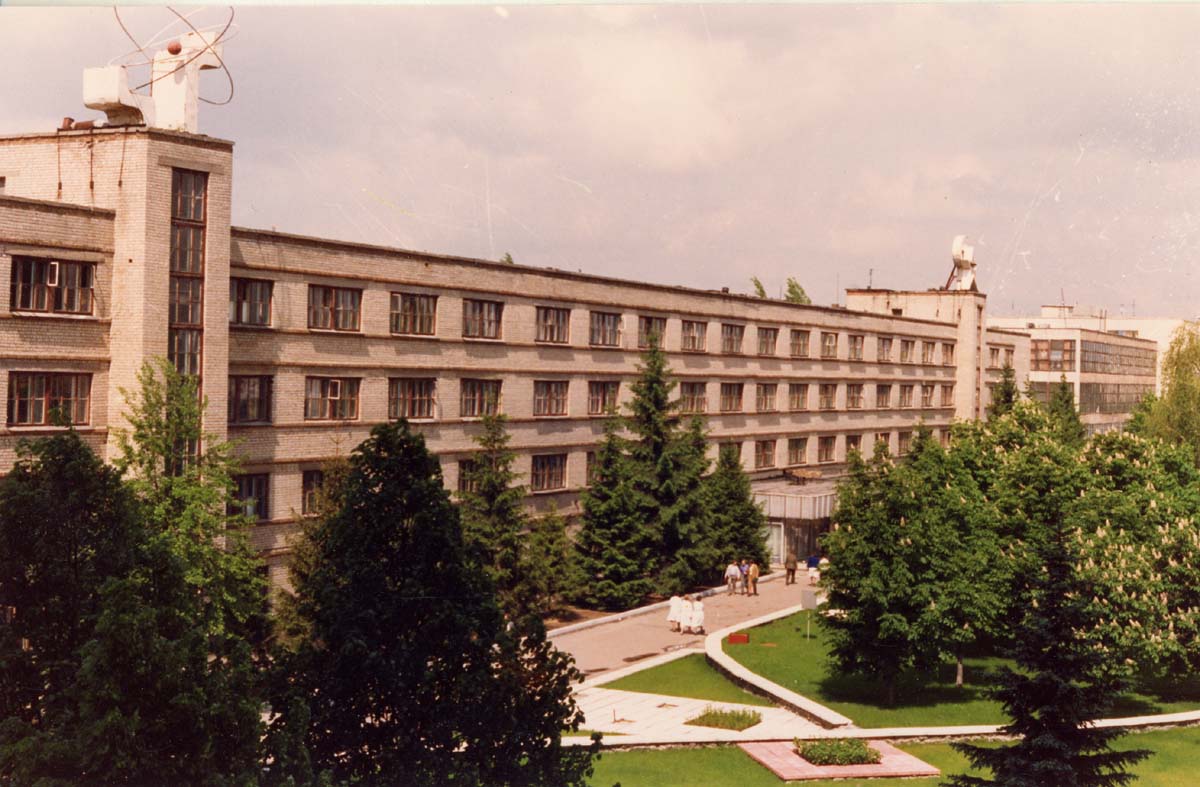In the early 1960s, the computing manufacturing boom began. Special research and design organizations and enterprises were created throughout the USSR, and the creation of a plant in Kyiv began on the initiative of Academician Glushkov, supported by the state leadership. In accordance with the resolution of the Council of Ministers of the USSR dated April 5, 1962 No. 309, on the outskirts of the city on the lands of the Sovki state farm, the construction of the Kiev plant of electronic computing and control machines began – later the head enterprise of the Elektronmash plant, which since 1965 has already been introduced into operation and provided the Soviet Union with computer technology in all sectors of the national economy. It was here that the serial production of the USSR’s first general-purpose control machine (UMSHN) “Dnepr” began. Over 10 years, from 1965 to 1975, more than 2,500 different computers were produced.
Simultaneously with the start of production of Dnepr machines, an implementation department was created at the plant – it was a team of real enthusiasts. They saw their task not only in implementing existing hardware and software tools, but in formulating requirements for new tools necessary to automate real objects. A good example of the work of this team is the history of the Whirlwind project, when the task was set to develop an automation system for testing propulsion engines of spacecraft intended for flight to the Moon. The problem was collecting a large amount of information from sensors installed on the engine in a short time (up to 300 seconds), as well as its subsequent processing in real time. The Dnepr UMSHN was chosen as the basis of the entire system, but it had to be significantly modernized for use in the system. By the fall of 1965, all products under the Whirlwind project were successfully manufactured and delivered to the Design Bureau of the Chief Designer of Space Systems of the USSR.
This is interesting!
1. The Mir-1 computer was exhibited at VDNKh in 1966, where it was highly praised at the international exhibition Interorgtekhnika and was purchased by IBM.
2. “EMRT-3” – “Kashtan” was intended to automate the calculation of a batch of material for workpieces, taking into account the requirements of the assortment and minimizing residues. It was used in clothing, metallurgy, engineering and other industries. It was unique in its purpose in the world. The machine was patented in the USA, England, France, Germany, Italy and Japan.
3. SM-3 control computer systems were exported to Algeria, Bulgaria, East Germany, Hungary, Poland, India, Finland, Czechoslovakia, Sweden, Yugoslavia and Cuba.
4. In 1986, the company’s team successfully completed the state task of manufacturing printed circuit boards for remote control of tractors, which were used to eliminate the consequences of the accident at the Chernobyl nuclear power plant.
In 1972, when the Kiev plant of computing and control machines was transformed into the Elektronmash research and production association, a research institute for peripheral equipment was opened under it. Here, the development and mastery of a wide range of external devices began: magnetic disk and tape drives, alphanumeric and graphic screen consoles, printing devices, plotters, graphic information input devices, seismic information recording devices, data transmission multiplexers. A precision mechanics shop and a testing ground were specially created, and a tool shop was also developed.
Also, the Elektronmash scientific team has successfully created an effective output control system. For this purpose, the problem-oriented complex “KODIAC” was invented. The control system has gained recognition and widespread use in many organizations of the Soviet Union. The introduction of this complex into production made it possible to radically solve the problem of defect-free blocks of elements, and with it a reduction in the debugging cycle of all types of computers and their reliable operation for the consumer. In 1988, Elektronmash completed the development and began production of the first personal computers, Poisk-1 and Nivka. After the collapse of the USSR, the plant did not cease its activities and became the leading enterprise in Ukraine in its field.
“Electronmash” developed and produced various electronics until 2015-2016, namely: multimedia complexes for educational institutions, electronic cash registers, devices for electric transport, control modules for wind power plants, automatic metering systems for natural gas, medical equipment, metallurgical equipment . As of August 2018, when the plant was raided, the company was leasing out part of its space, another part was abandoned or sold to shopping and entertainment centers and supermarkets, and the production of electronics actually was missing.
Where is the Elektronmash plant located?
Ring Road, 4
